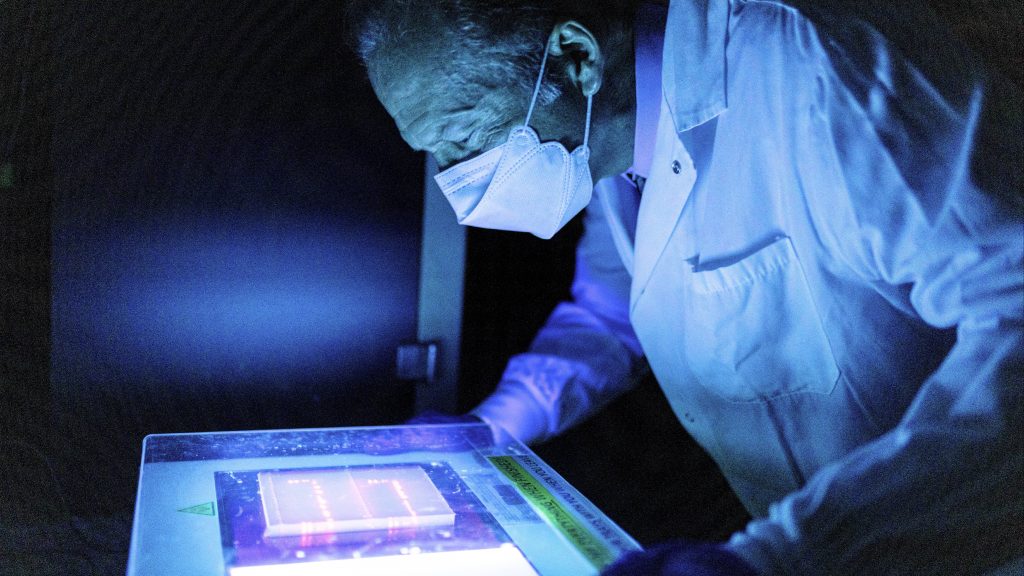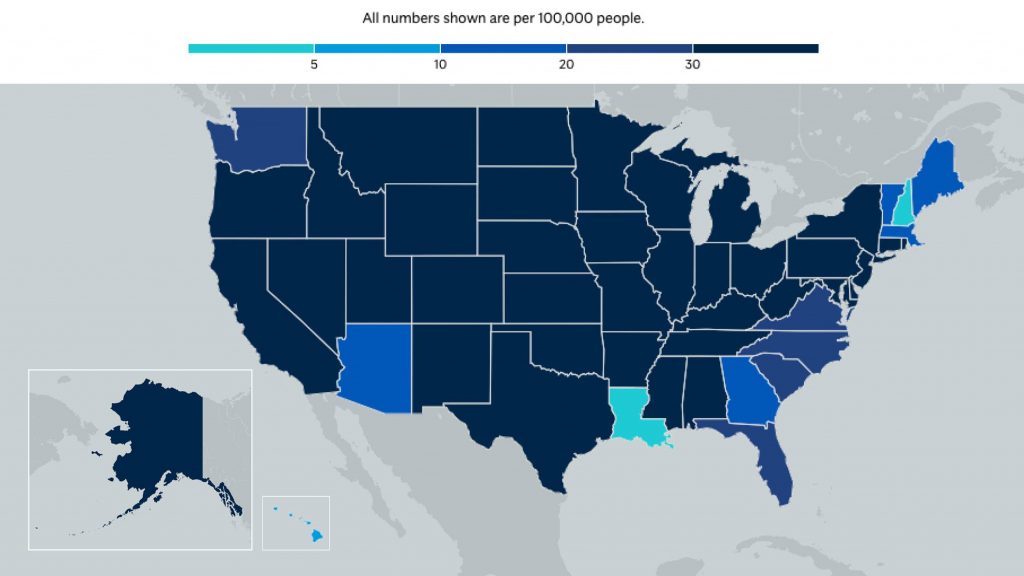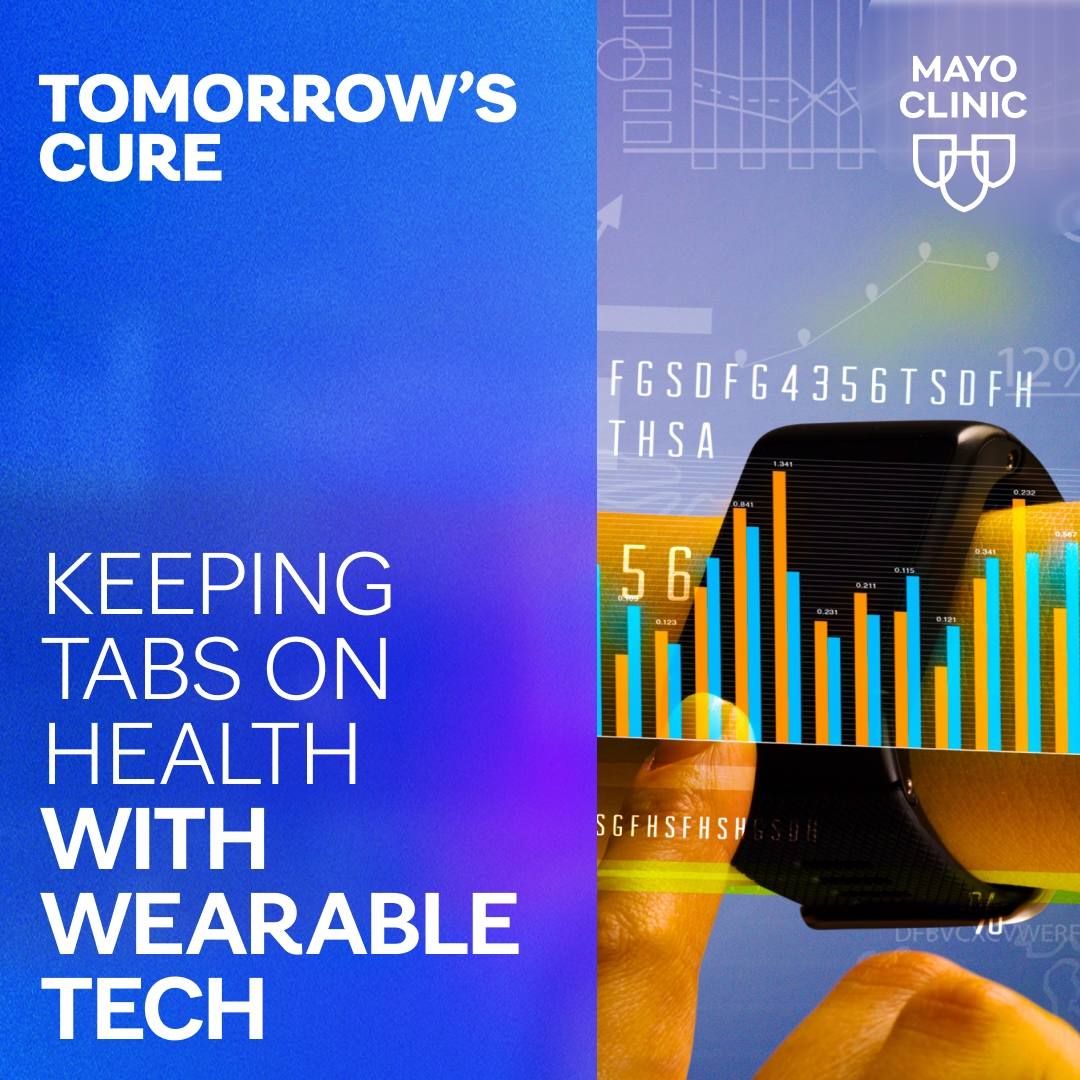
Hospitals are being notified that the first COVID-19 vaccines will arrive before the end of the year, but those first shipments will be limited in number and be aimed at high risk individuals, including front line health care workers. Dr. Melanie Swift is one of two Mayo physicians in charge of planning for the vaccine, once it arrives at Mayo Clinic in Minnesota. She says the first recipients will be determined by government officials and advisors.
Watch: Dr. Melanie Swift discusses COVID-19 vaccine.
Journalists: Broadcast-quality sound bites with Dr. Swift are available in the downloads. Please courtesy: "Melanie Swift, M.D. / COVID-19 Vaccine Planning Coordinator / Mayo Clinic"
"The Centers for Disease Control and Prevention (CDC), through its Advisory Committee on Immunization Practices (AIP), you may hear them referred to as ACIP quite a bit," says Dr. Swift. "They're the recommending body. That's a group of vaccine experts who are independent of the government. They come from all over the country. They will make a recommendation for who should take the vaccine. And importantly, for this vaccine, who should take it first, when resources are limited. At first, we will not have enough vaccine to give to everyone in the country who would like to take vaccine, we will get to that point. But in the very first weeks of the vaccine availability and approval, it's going to be in limited supply. The CDC through the AIP will make some recommendations about who to target first. We have a little bit of insight into what they are likely to say because earlier this year, the National Academies of Science, Engineering and medicine convened a group that really made very careful and thoughtful, ethically informed recommendations for how to equitably phase in this vaccination. We think that the CDC is likely to recommend something very similar to that framework."
Dr. Swift says the supply will be a trickle at first, expanding to high risk patients in January and finally, as more vaccine becomes available, lower risk patients in early April. But until that trickle becomes a river, each hospital will be following the rules set by its respective state.
"Each state will be directing its allocation of vaccine and telling the manufacturers exactly where to ship vaccine and how many doses go to which side. In Minnesota, the Minnesota Department of Health is doing that. And they are looking at the needs of the state and every region within the state. And they will be directing vaccine to go to those sites that across the state and directing them who should be vaccinated in the first rounds. And similar process will happen in all of the states. Each state may have a little bit different process for how they distribute it. In Minnesota, we're using what's called a hub and spoke process where there are larger places that can store this Pfizer vaccine which has some extreme cold storage requirements. And those will be hubs and then other hospitals, and throughout the region will be spokes. The hubs will receive the vaccine, store it securely, and then distribute it out when those smaller institutions are ready to receive it. Every state may do that a little bit differently. We will just be flexible and work within the constraints of our state plans."
Several vaccines will probably become available as the new year goes on. Each will be a little different, based on how they function and their specific formulae. All will be safe, but Dr. Swift says patients should expect some side effects.
"I think there's something that people should be prepared for about this vaccine, which is a little different. It's likely to be two doses, at least the first two vaccines will be and they're not interchangeable. You have to get the same dose, the same brand the second time, but they do provoke an immune reaction. And that causes symptoms. And that shouldn't be confused with being harmful or being unsafe. It's actually what the vaccines intended to do. And those symptoms include things like be having muscle aches, having chills, having a headache, feeling tired. These are symptoms that people are very likely to experience after these vaccines for up to two, sometimes up to five days at most. They're not harmful, but they will be concerning to people if they're not expecting them."
More information will be forthcoming as the vaccines become available in your state and area. But until the COVID-19 vaccinations become widespread, continue safe practices – mask, disinfect and maintain social distancing.
Read more: Mayo Clinic FAQS for COVID-19 vaccine.
Learn more about: Tracking and trending COVID-19.

Information in this post was accurate at the time of its posting. Due to the fluid nature of the COVID-19 pandemic, scientific understanding, along with guidelines and recommendations, may have changed since the original publication date.
For the safety of its patients, staff and visitors, Mayo Clinic has strict masking policies in place. Anyone shown without a mask was recorded prior to COVID-19 or in an area not designated for patient care, where social distancing and other safety protocols were followed.
For more information and all your COVID-19 coverage, go to the Mayo Clinic News Network and mayoclinic.org.







